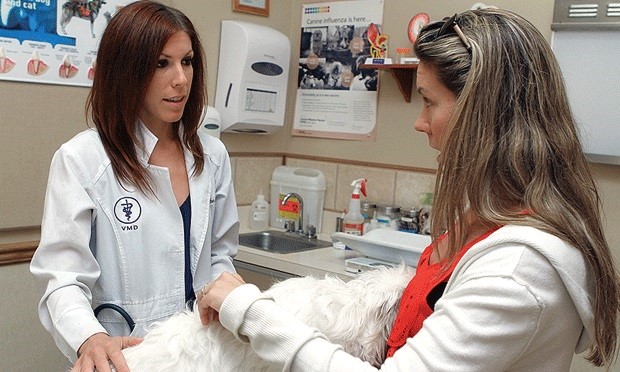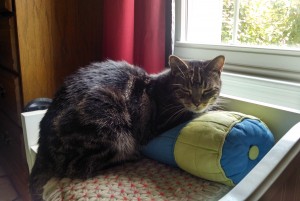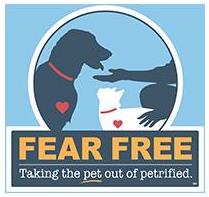 September 2016 – Is your pet in pain?
September 2016 – Is your pet in pain?
What if you were experiencing acute pain, but you could not voice your discomfort? How would you handle it? That’s exactly what our pets experience – pain without a voice to express it. Their natural instinct is to hide their pain, and they do a very good job at it – so good that usually their owners are not even aware they are in pain. But our pets can tell us through their more subtle actions and behavior, if we only watch and “listen.”
Because animal pain awareness and treatment is so important, Belle Mead Animal Hospital is proud to celebrate September Animal Pain Awareness Month along with the International Veterinary Academy of Pain Management (IVAPM) and other veterinary professionals around the country.

In keeping with the IVAPM’s commitment to promote, enhance and advance pain management, this annual September campaign is intended to raise pet owner awareness and recognition of both acute and chronic pain in the animals they love. September was selected to coincide with human medicine’s Pain Awareness Month because we all process and feel pain in a similar way. The IVAPM reminds us that if something is thought to cause pain in humans, it will likely produce pain in animals as well.

Signs of pain in a dog include:
- Posture: tail between the legs, arched back, drooped head
- Temperament: aggressive, clawing, attacking, biting, escaping
- Vocalization: barking, howling, moaning, whimpering
- Locomotion: reluctance to move, lameness, unable to walk
- Other: unable to perform normal tasks, attacks other animals
Signs of pain in a cat include:
- Posture: tucked limbs, arched head or back, lying flat, drooped head
- Temperament: aggressive, biting, scratching, chewing, attacking, escaping, hiding
- Vocalization: crying, hissing, spitting, moaning, screaming
- Locomotion: reluctance to move, carrying one leg, unable to walk
- Other: attacks if painful site is touched, failure to groom, dilated pupils, no interest in food or play
We invite you to complete a form for your dog or cat and discuss symptoms with your family veterinarian if you suspect your pet is in pain. Cats and dogs often have pain from arthritis, urinary problems and many other conditions. Remember, it can be challenging to tell if your pet hurts because they have a strong natural instinct to hide their pain.
You can download a Canine Form here or a Feline Form here.
Belle Mead Animal Hospital, Your Other Family Doctors
LIKE us on Facebook, Follow us on Twitter @BMAH121 and Join our Circle at Google+ for news and pet wellness tips. We’re now on Pinterest!










